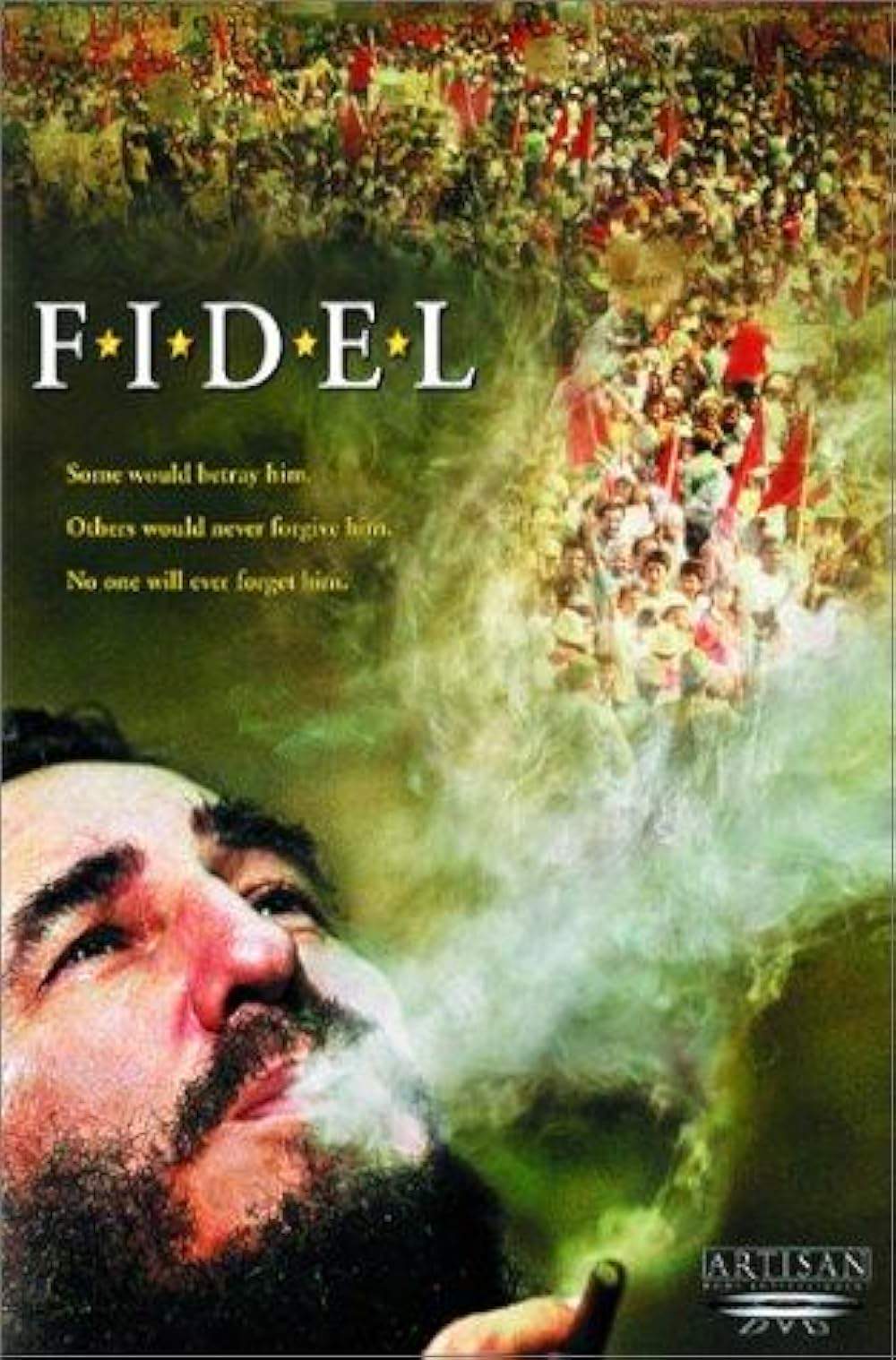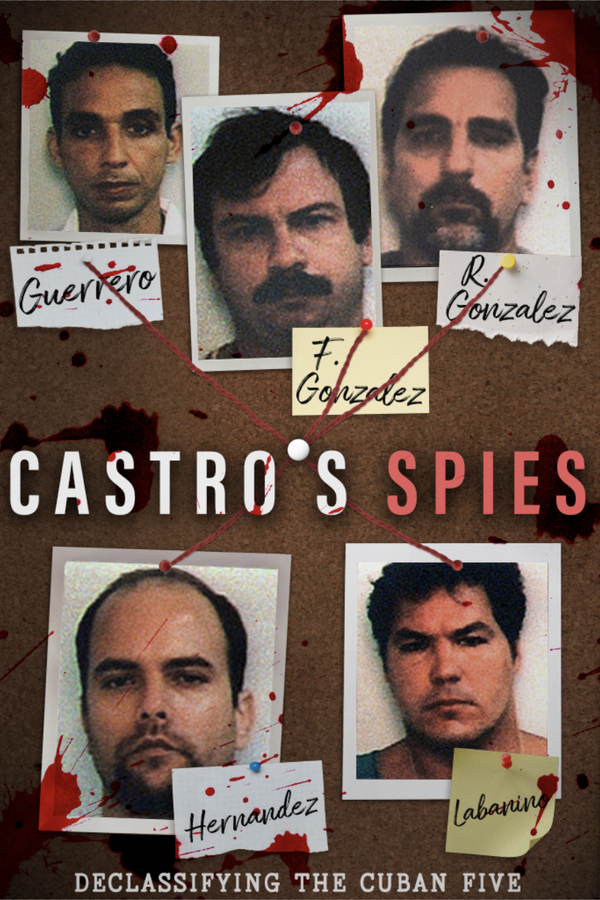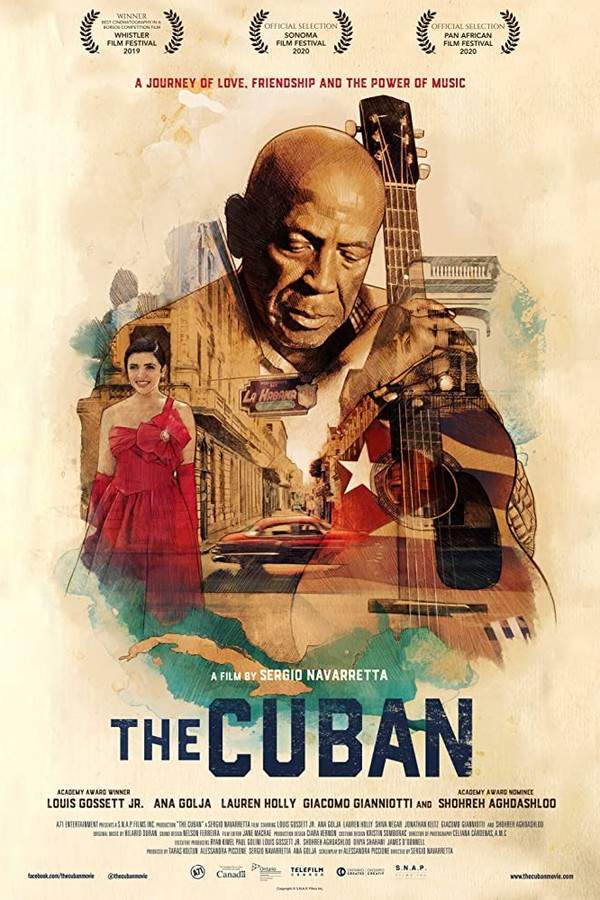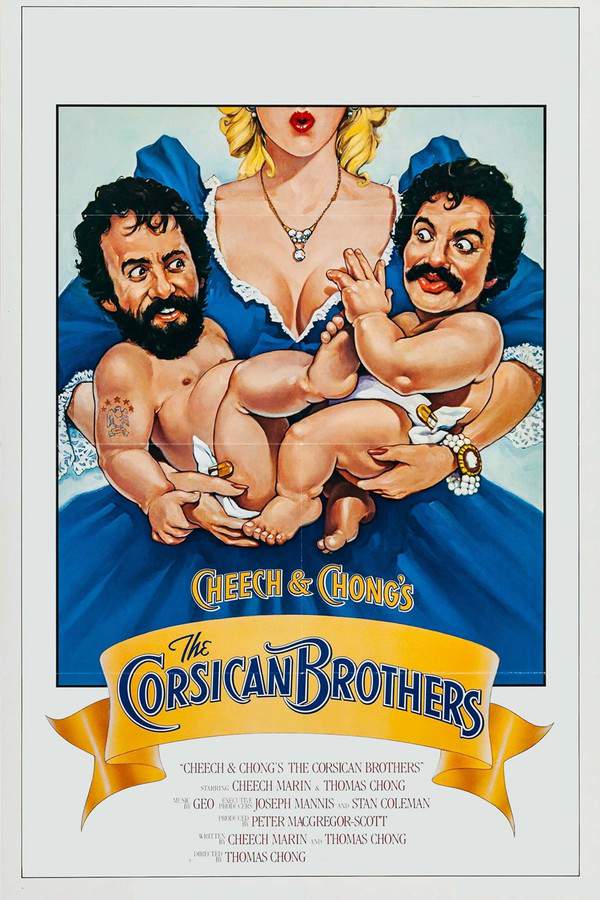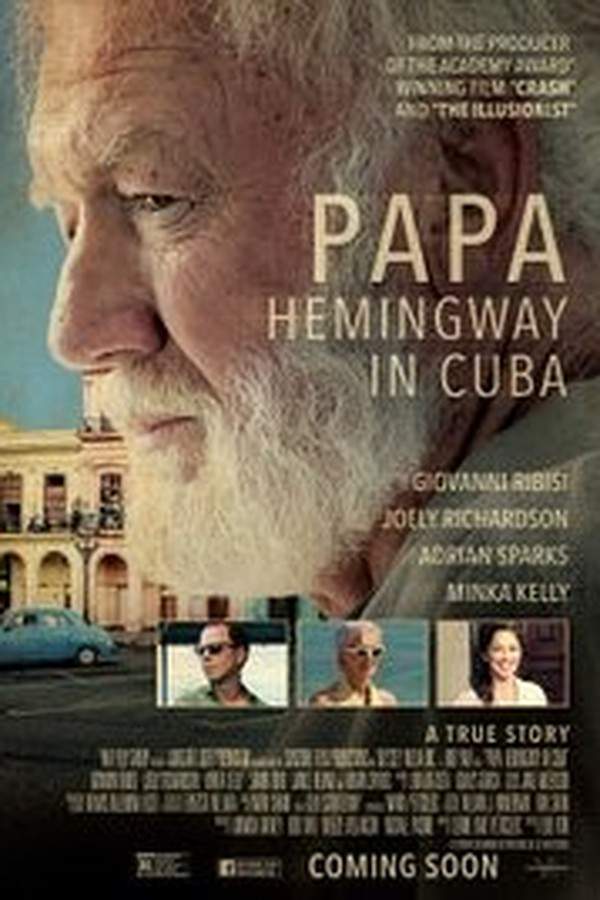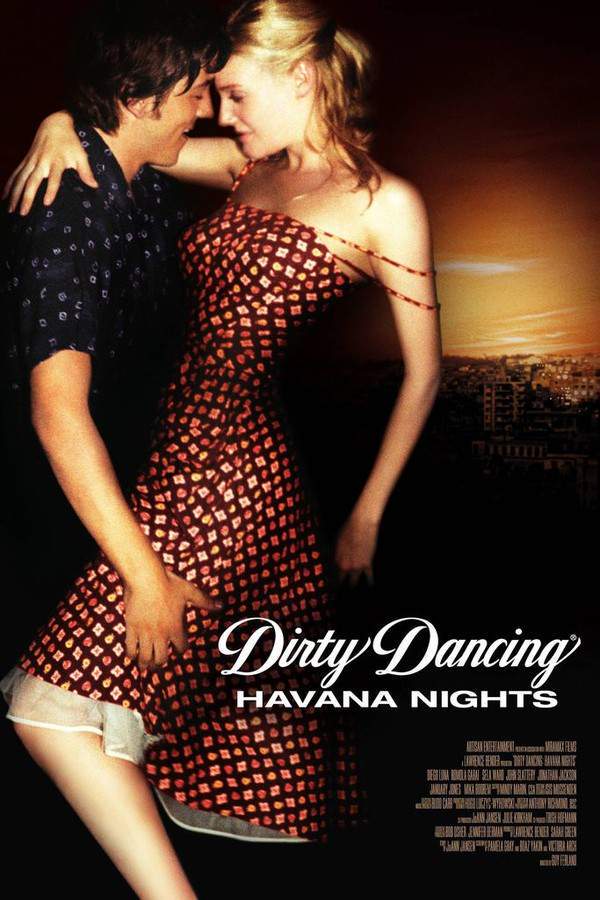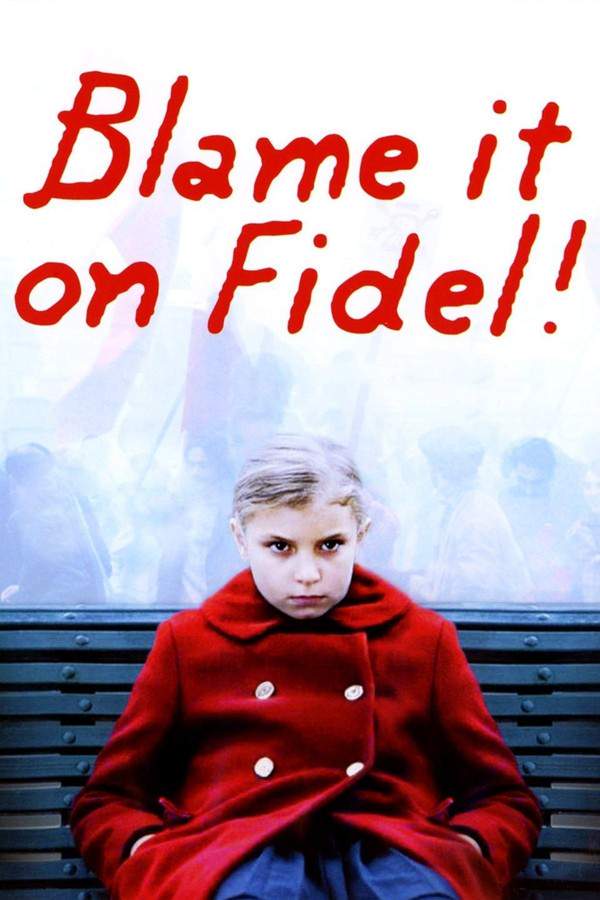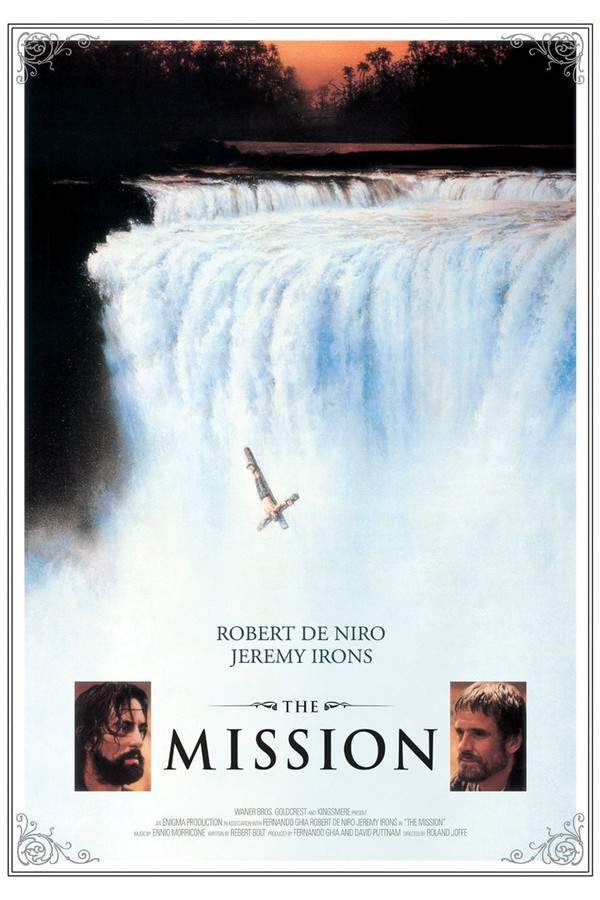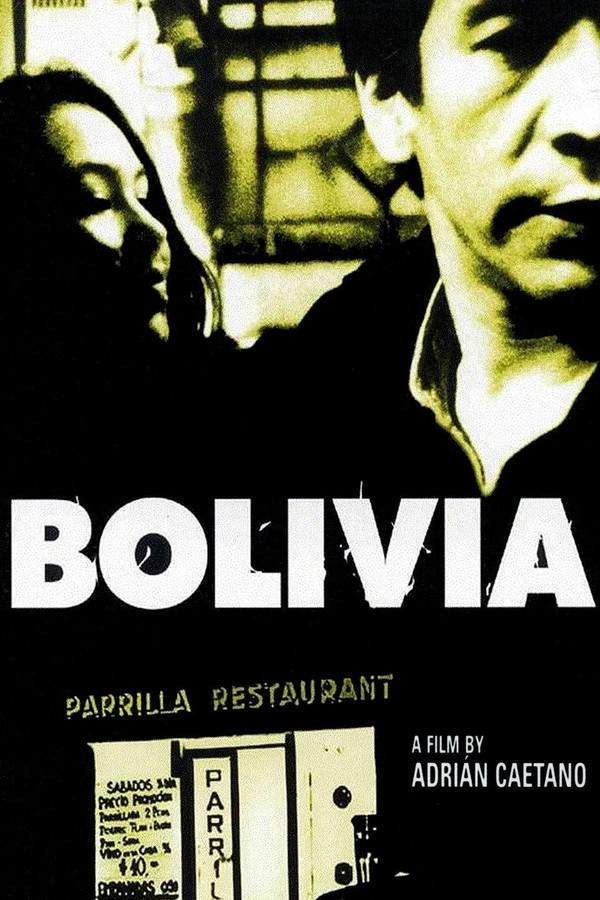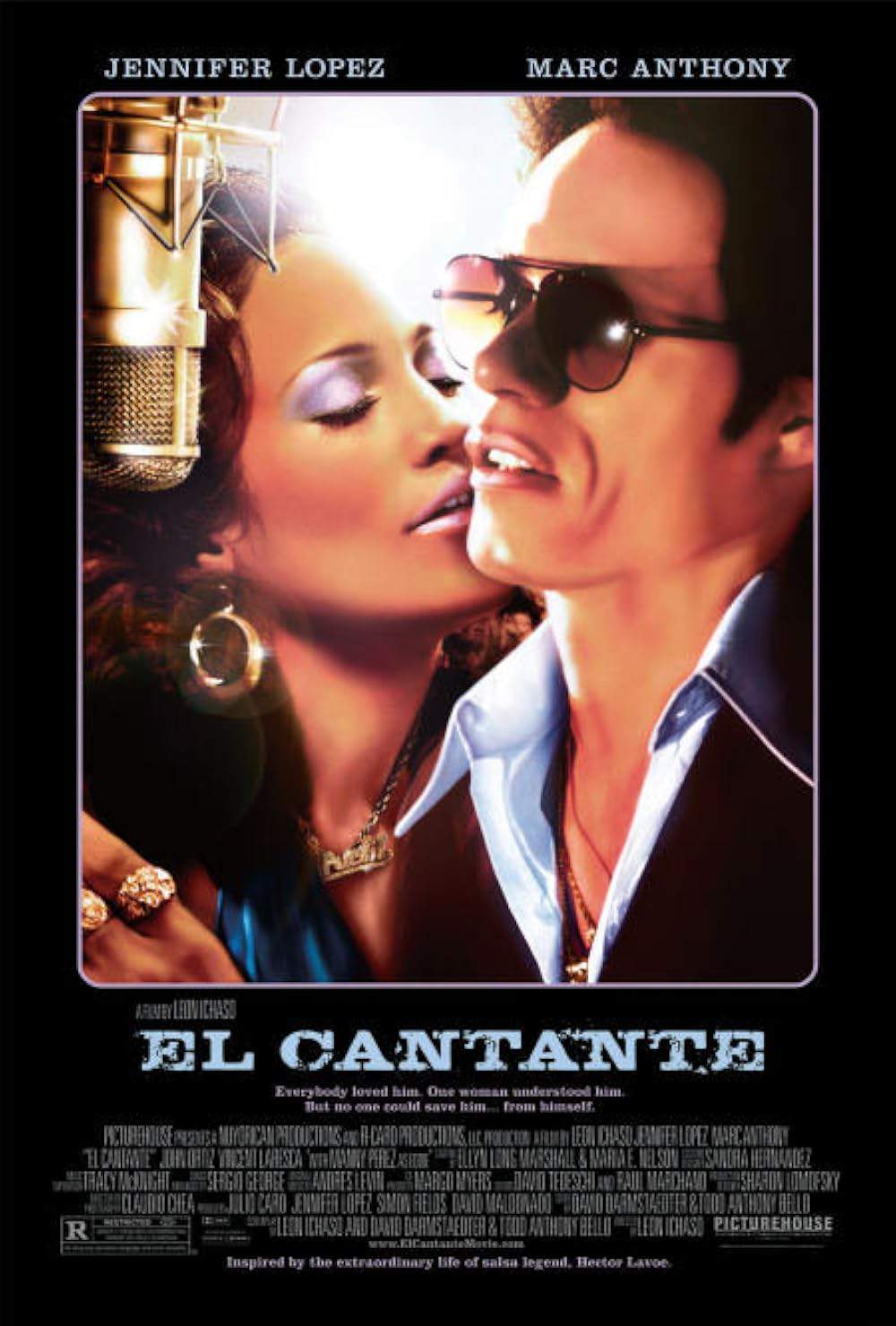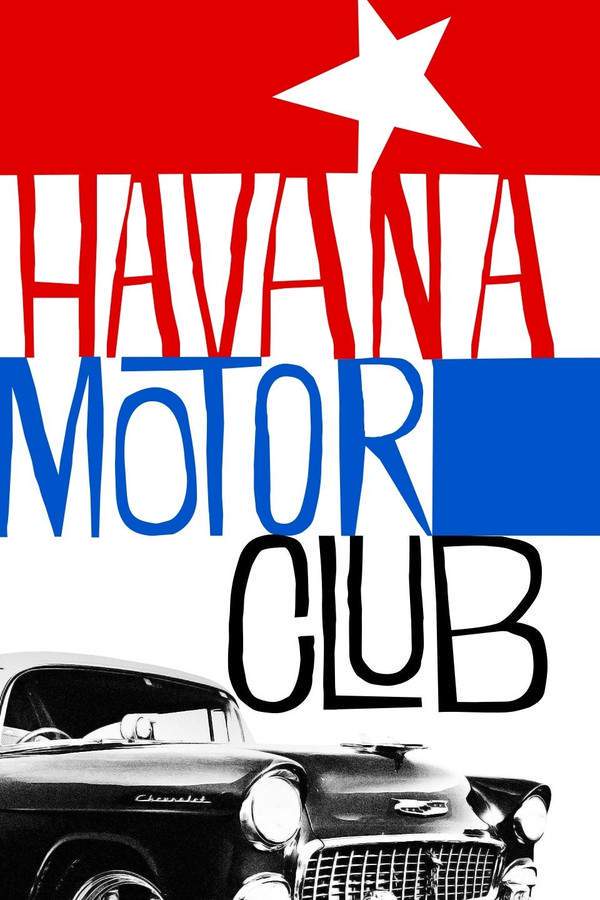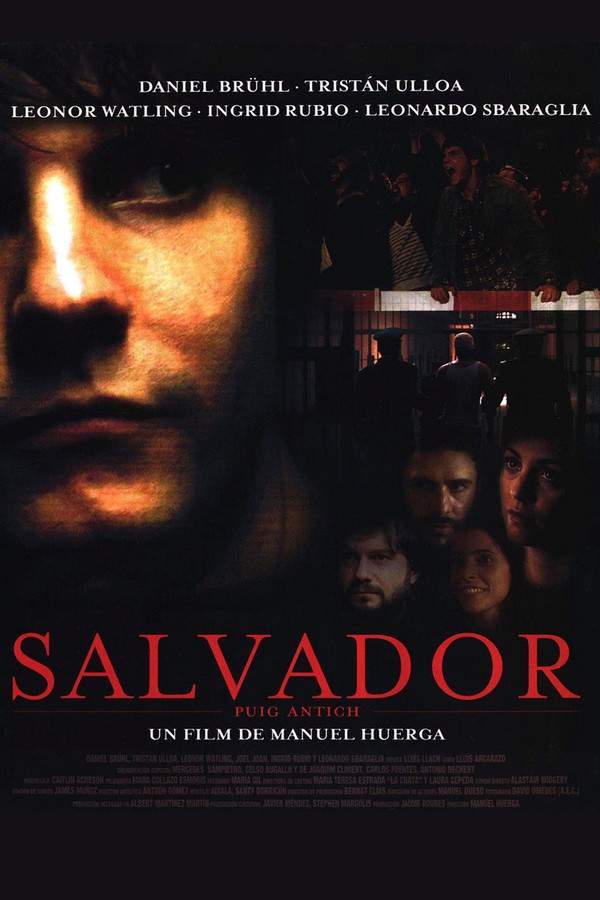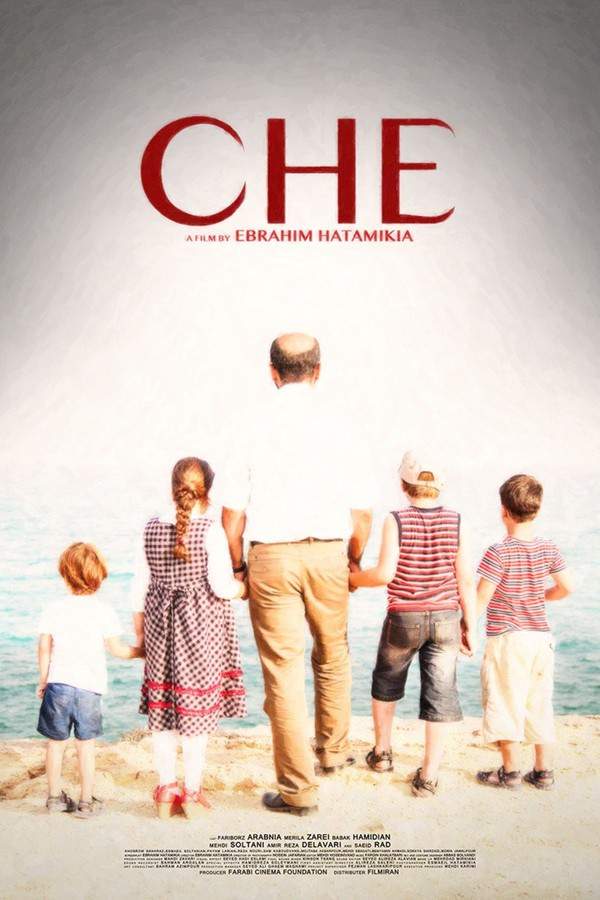
Che
Year: 2008
Runtime: 135 min
Language: Persian
Director: Steven Soderbergh
In 1956, Fidel Castro led a rebellion against Cuban dictator Fulgencio Batista, and Argentine doctor Ernesto "Che" Guevara joined his cause. As the conflict intensified, Che’s deep commitment to social justice fueled significant controversy. Following the revolution's success, he ventured into the Bolivian jungle, determined to inspire revolutionary movements throughout Latin America and solidify his place in history.
Warning: spoilers below!
Haven’t seen Che yet? This summary contains major spoilers. Bookmark the page, watch the movie, and come back for the full breakdown. If you're ready, scroll on and relive the story!
Che (2008) – Full Plot Summary & Ending Explained
Read the complete plot breakdown of Che (2008), including all key story events, major twists, and the ending explained in detail. Discover what really happened—and what it all means.
In the vibrant and tumultuous landscape of Havana, Cuba, during December 1964, the legendary Ernesto ‘Che’ Guevara (Benicio Del Toro) is interviewed by journalist Lisa Howard (Julia Ormond). During their conversation, Howard probes Guevara on the possibility that reform efforts across Latin America might dilute the revolutionary message of Cuba. This scene underscores the revolutionary fervor and complex ideological debates that surrounded Guevara during this era.
The story traces Guevara’s early encounters, beginning in 1955 at a pivotal gathering in Mexico City, where he first meets the charismatic Cuban exile Fidel Castro (Demian Bichir). Guevara listens intently as Castro lays out his revolutionary plans, which resonate with Guevara’s own ideas, leading him to join the July 26th Movement. This alliance marks the beginning of Guevara’s deep commitment to overthrowing Batista’s corrupt regime and reshaping Cuba’s future.
The narrative then moves to 1964, highlighting Guevara’s fervent speech before the United Nations General Assembly in New York City. In this powerful address, he vehemently condemns American imperialism and justifies the executions carried out by his regime, asserting, >“This is a battle to the death.”* His words reflect his unwavering revolutionary spirit and his belief in the righteousness of his cause.
By March 1957, Guevara faces physical challenges like severe asthma, yet he perseveres. Alongside Castro’s guerrillas, Guevara actively participates in a daring attack on an army barracks in the Sierra Maestra on May 28, 1957. Their relentless efforts begin to sway the rural peasant population in Cuba, gathering crucial support while confronting both a corrupt government and internal traitors. Gradually, the rebel forces gain ground, and the Cuban government starts losing control over the countryside.
As the rebels strengthen, they form alliances with other revolutionary factions, escalating their campaigns by attacking towns and villages, most of which fall with minimal resistance. The turning point arrives in October 1958, when the guerrillas approach the town of Las Villas. The Battle of Santa Clara becomes a defining moment, showcasing Guevara’s strategic acumen as he leads the urban combat with fierce determination. In the intense street-to-street fighting, Guevara’s daring actions, including derailing a train loaded with soldiers and weapons, highlight his fearless leadership. During this climactic confrontation, Guevara often takes bold risks, fighting under fire to secure victory.
The rebels’ triumph is sealed as they successfully overthrow the Batista regime, which flees the country. The victory sparks celebration and hope, signaling the end of a brutal dictatorship. On New Year’s Day, 1959, Guevara arrives in Havana, declaring with conviction, “We won the war, the revolution starts now.” This marks the beginning of a new chapter focused on revolutionary change, social justice, and the establishment of a new Cuba.
Throughout this tumultuous period, Guevara emerges as a symbol of revolutionary fervor and dedication. His strategic brilliance, unwavering convictions, and tireless efforts played a central role in transforming Cuba from a dictatorship into a revolutionary state. The story captures not only the military campaigns and political upheavals but also the personal sacrifices and ideological battles that defined Guevara’s life and legacy.
Last Updated: July 16, 2025 at 07:58
Unlock the Full Story of Che
Don't stop at just watching — explore Che in full detail. From the complete plot summary and scene-by-scene timeline to character breakdowns, thematic analysis, and a deep dive into the ending — every page helps you truly understand what Che is all about. Plus, discover what's next after the movie.
Che Timeline
Track the full timeline of Che with every major event arranged chronologically. Perfect for decoding non-linear storytelling, flashbacks, or parallel narratives with a clear scene-by-scene breakdown.
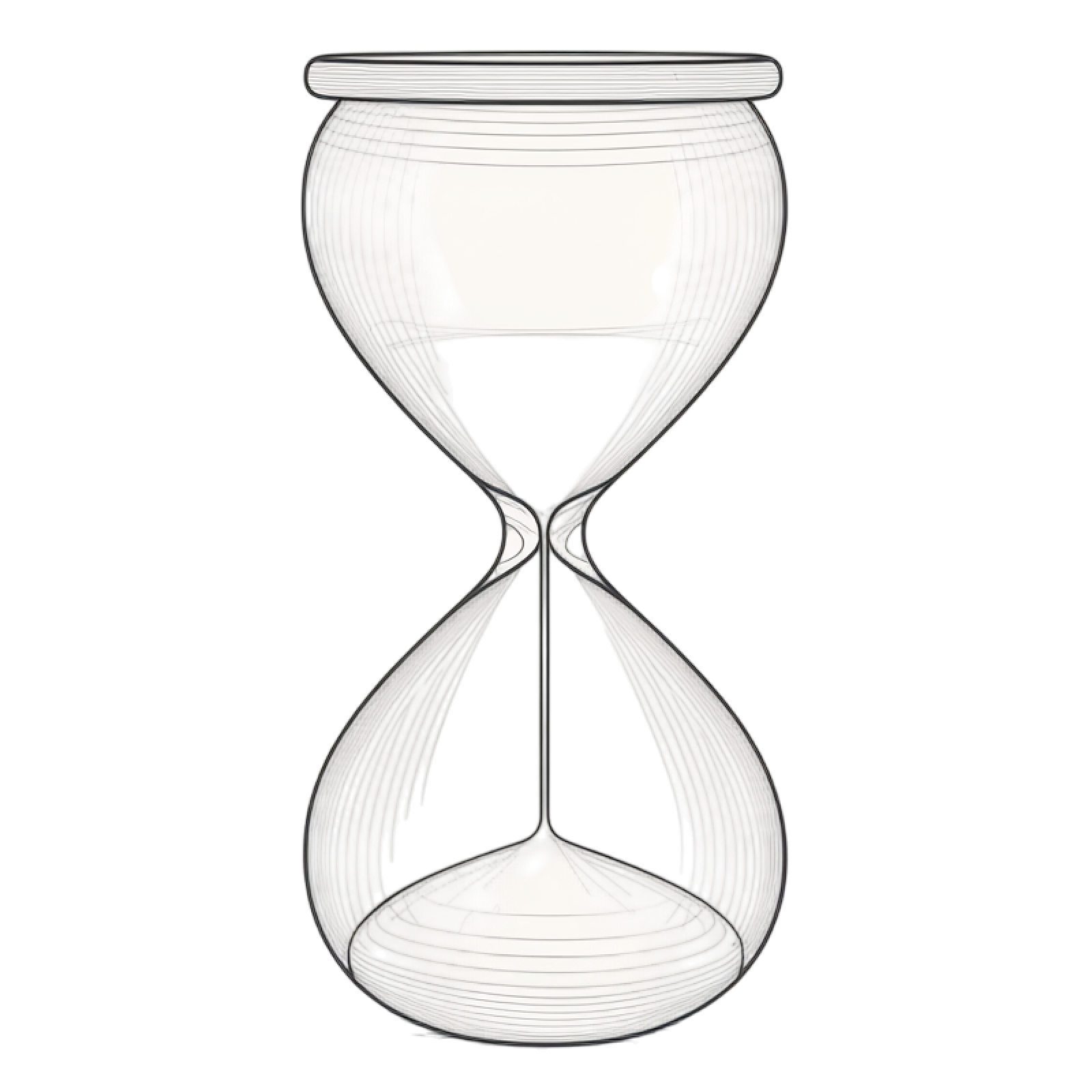
Characters, Settings & Themes in Che
Discover the characters, locations, and core themes that shape Che. Get insights into symbolic elements, setting significance, and deeper narrative meaning — ideal for thematic analysis and movie breakdowns.
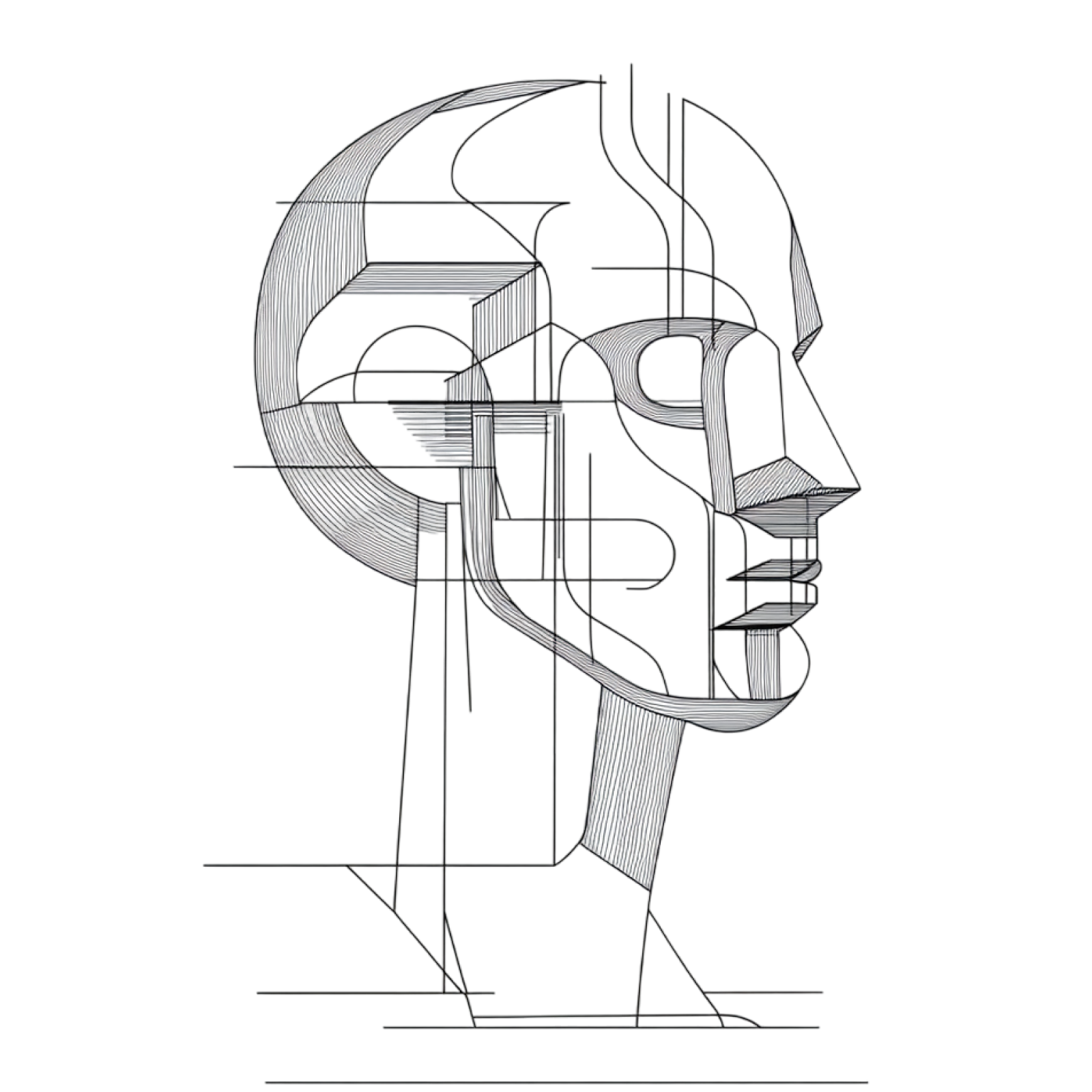
Similar Movies to Che
Discover movies like Che that share similar genres, themes, and storytelling elements. Whether you’re drawn to the atmosphere, character arcs, or plot structure, these curated recommendations will help you explore more films you’ll love.
Explore More About Movie Che
Che (2008) Scene-by-Scene Movie Timeline
Che (2008) Movie Characters, Themes & Settings
Che (2008) Spoiler-Free Summary & Key Flow
Movies Like Che – Similar Titles You’ll Enjoy
Fidel (2002) Full Movie Breakdown
Cuba (1979) Movie Recap & Themes
Castro's Spies (2022) Plot Summary & Ending Explained
Chevalier (2023) Story Summary & Characters
The Cuban (2020) Movie Recap & Themes
Cheech & Chong's The Corsican Brothers (1984) Movie Recap & Themes
Carlos (2010) Spoiler-Packed Plot Recap
Papa: Hemingway in Cuba (2016) Movie Recap & Themes
Dirty Dancing: Havana Nights (2004) Full Summary & Key Details
La faute à Fidel! (2007) Detailed Story Recap
La mission (2010) Plot Summary & Ending Explained
Bolivia (2003) Full Movie Breakdown
El cantante (2007) Film Overview & Timeline
Havana Motor Club (2016) Ending Explained & Film Insights
Salvador (1986) Full Summary & Key Details



